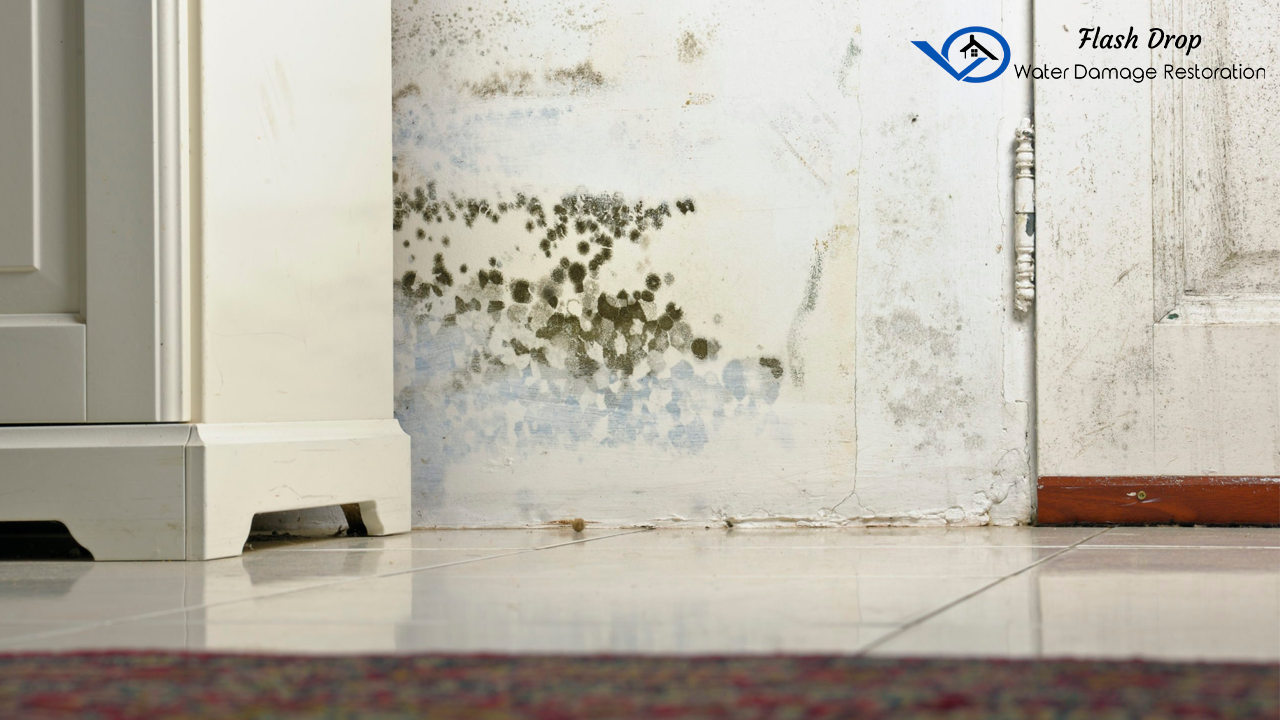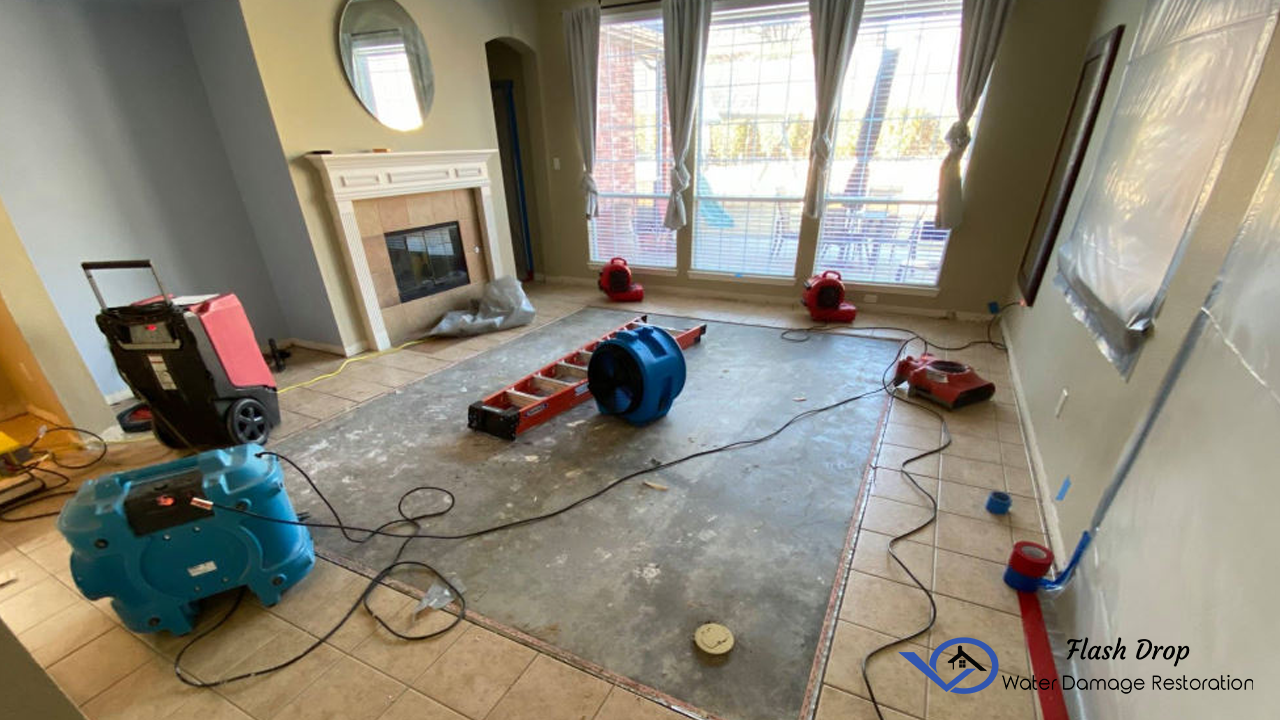The Impact of Mold on Indoor Air Quality

Indoor air quality (IAQ) is a crucial aspect of maintaining a healthy and comfortable living environment. Many factors can influence IAQ, and one of the most significant contributors is mold. Mold growth in indoor spaces can have detrimental effects on both the physical health of occupants and the structural integrity of the property. In this article, we will explore the impact of mold on indoor air quality and the measures to prevent and mitigate its harmful effects. Understanding Mold and its Growth Mold is a type of fungus that thrives in warm, damp, and humid environments. It reproduces by releasing tiny spores into the air, which can settle and grow on various surfaces. Common indoor molds include Aspergillus, Penicillium, and Stachybotrys (also known as "black mold"). Mold can grow on walls, ceilings, carpets, fabrics, and even hidden areas such as behind wallpaper or inside wall cavities. Effects of Mold on Indoor Air Quality Respiratory Issues: Mold spores can becom...

